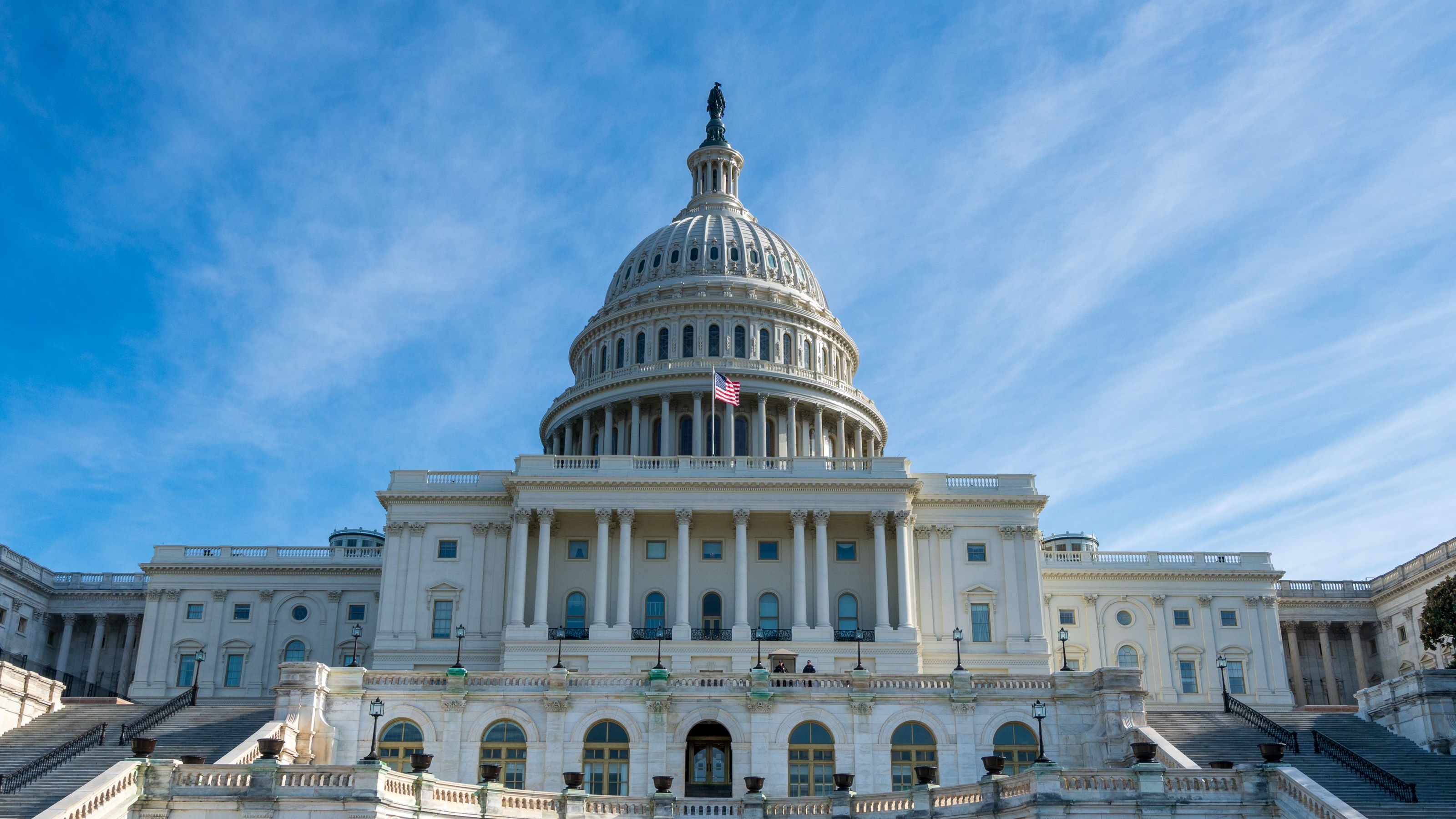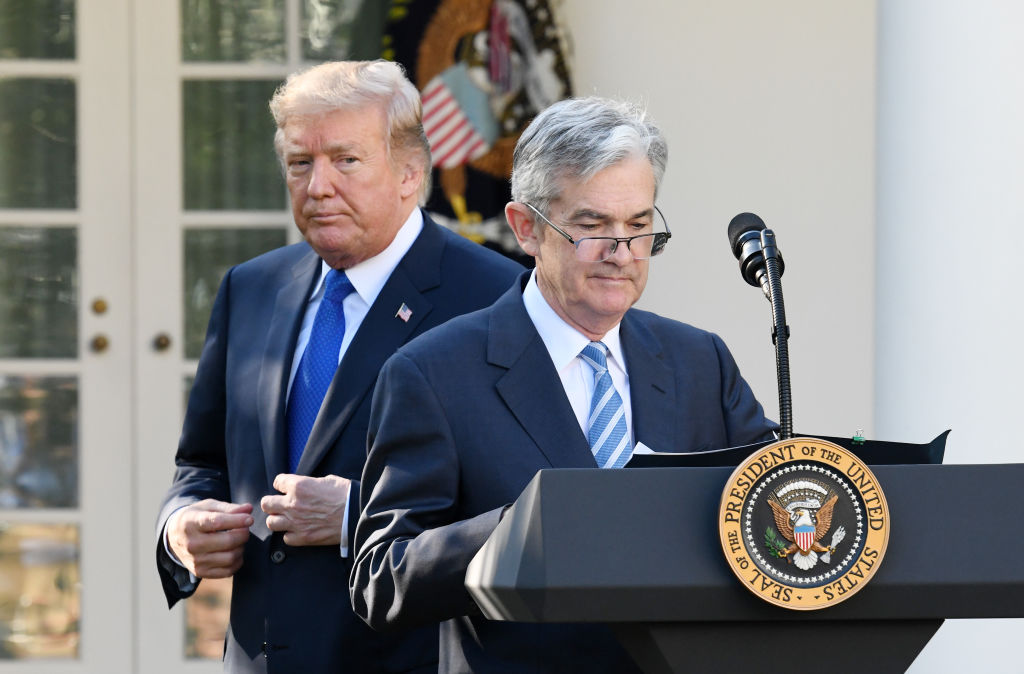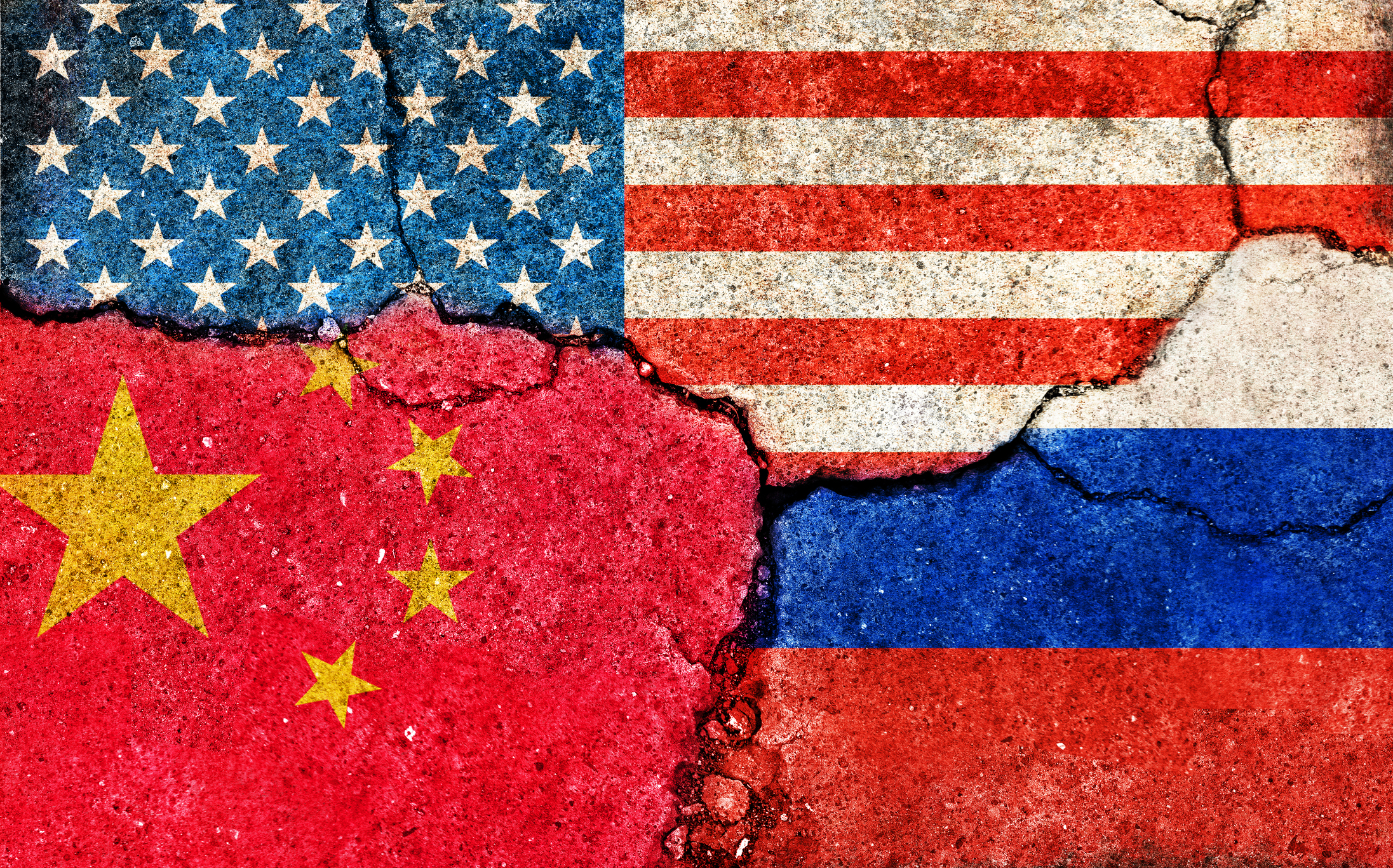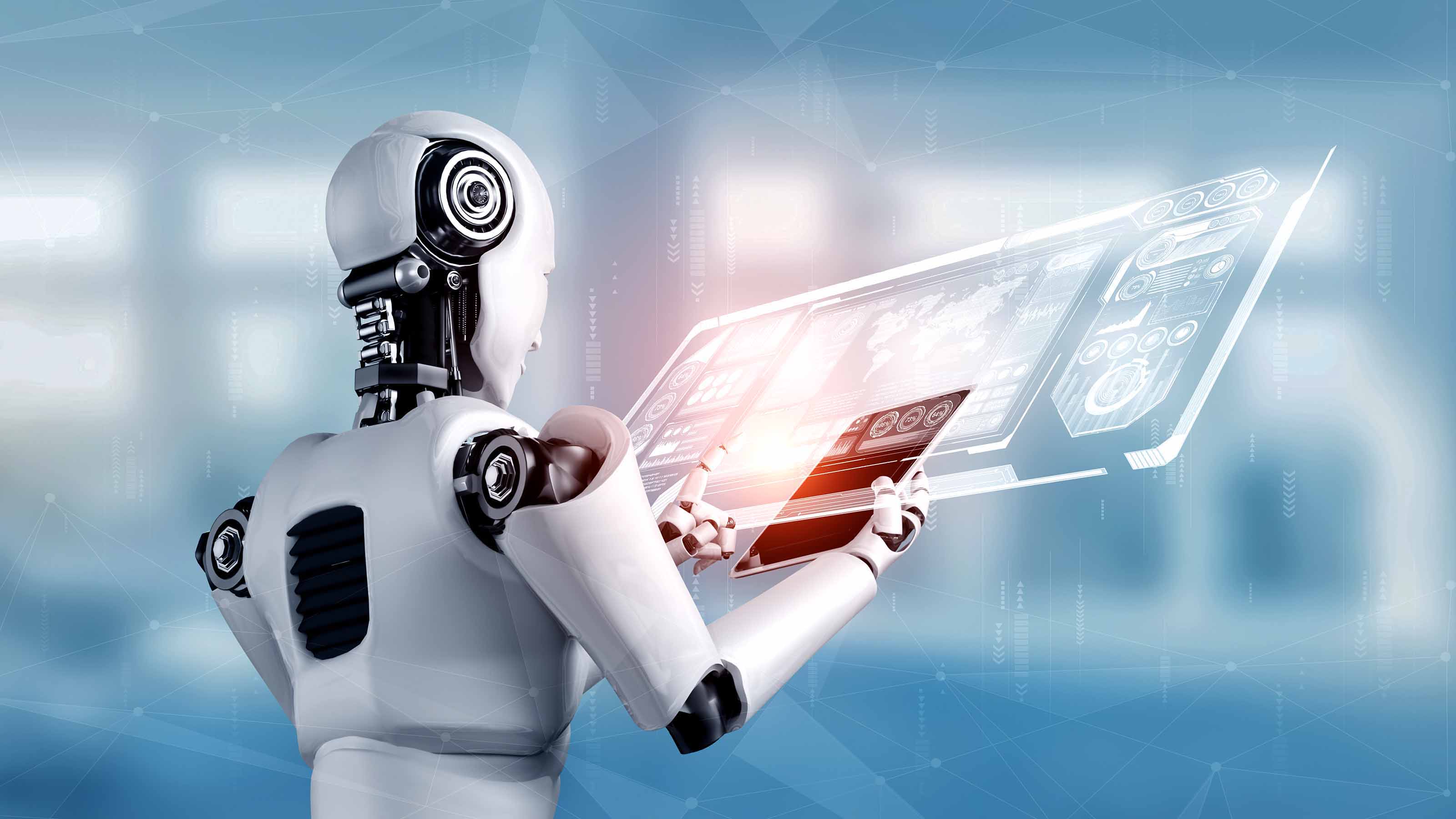Another COVID-19 Victim: The Touch Screen
Consumers will look askance at anything they’re asked to touch, leading to a surge in app usage and other alternatives to contacting public screens.
Businesses will have to rethink public touch screens as more customers see shared surfaces as an infection risk, no matter how often they’re cleaned.
ATMs, fast-food ordering terminals, displays in rental cars, airline kiosks and the like will get less use. Some people will carry special pens to tap the screens. Many firms will tout frequent cleaning or even offer free screen protectors to each user.
Expect customers to turn to their smartphones when they are able to. That gives many firms an opportunity to push their mobile apps, which figure to be in heavy demand.

Sign up for Kiplinger’s Free E-Newsletters
Profit and prosper with the best of expert advice on investing, taxes, retirement, personal finance and more - straight to your e-mail.
Profit and prosper with the best of expert advice - straight to your e-mail.
Voice commands and gesture recognition will be popular, but their utility is limited. Voice commands may not work in a crowded, noisy environment. Hand gestures can be inaccurate. But voice-activated speakers will win over more consumers who want to touch fewer surfaces in their homes, a boost for the smart-home market.
At the checkout, look for greater adoption of contactless payments, whether by phone or with debit and credit cards that have embedded chips that allow users to pay by simply putting the card close to a payment terminal rather than inserting it. Contactless payments generally take a few seconds and don’t require a signature, reducing the need to touch a payment terminal. The technology behind tapping a card and mobile payment services, such as Apple Pay and Google Pay, is interchangeable. If a merchant has a terminal that can accept a contactless card, it can also accept mobile payments.
Biometric fingerprint readers will see a steep decline, since they rely on users making physical contact with a device or screen. That raises huge red flags when there’s an infectious disease that is transmitted on shared surfaces. Even routine deep cleaning won’t be able to convince many people to press shared fingerprint readers.
Contact-free facial and iris detection will see a surge in interest. The techniques are commonly used by law enforcement, border control and at airports. India, which relies heavily on fingerprints for its national identification system, is facing the grim reality of a pandemic. The country has had to curb the technology’s use.
Get Kiplinger Today newsletter — free
Profit and prosper with the best of Kiplinger's advice on investing, taxes, retirement, personal finance and much more. Delivered daily. Enter your email in the box and click Sign Me Up.

John Miley is a Senior Associate Editor at The Kiplinger Letter. He mainly covers technology, telecom and education, but will jump on other important business topics as needed. In his role, he provides timely forecasts about emerging technologies, business trends and government regulations. He also edits stories for the weekly publication and has written and edited e-mail newsletters.
He joined Kiplinger in August 2010 as a reporter for Kiplinger's Personal Finance magazine, where he wrote stories, fact-checked articles and researched investing data. After two years at the magazine, he moved to the Letter, where he has been for the last decade. He holds a BA from Bates College and a master’s degree in magazine journalism from Northwestern University, where he specialized in business reporting. An avid runner and a former decathlete, he has written about fitness and competed in triathlons.
-
 Trump’s Tax Cut Risks Your SNAP, Medicaid Benefits
Trump’s Tax Cut Risks Your SNAP, Medicaid BenefitsTax Cuts The GOP budget blueprint could slash lifesaving programs for millions of U.S. households.
By Gabriella Cruz-Martínez
-
 Can Trump Fire Powell? A Supreme Court Case Could Decide
Can Trump Fire Powell? A Supreme Court Case Could DecidePresidential posts threaten to overwhelm decades of precedent and tradition, whatever the nine justices decide.
By David Dittman
-
 The Economic Impact of the US-China Trade War
The Economic Impact of the US-China Trade WarThe Letter The US-China trade war will impact US consumers and business. The decoupling process could be messy.
By David Payne
-
 AI Heads to Washington
AI Heads to WashingtonThe Kiplinger Letter There’s big opportunity for AI tools that analyze MRIs and other medical images. But also big challenges that clinicians and companies will have to overcome.
By John Miley
-
 The AI Doctor Coming to Read Your Test Results
The AI Doctor Coming to Read Your Test ResultsThe Kiplinger Letter There’s big opportunity for AI tools that analyze CAT scans, MRIs and other medical images. But there are also big challenges that human clinicians and tech companies will have to overcome.
By John Miley
-
 The New Space Age Takes Off
The New Space Age Takes OffThe Kiplinger Letter From fast broadband to SOS texting, space has never been more embedded in peoples’ lives. The future is even more exciting for rockets, satellites and emerging space tech.
By John Miley
-
 Rising AI Demand Stokes Undersea Investments
Rising AI Demand Stokes Undersea InvestmentsThe Kiplinger Letter As demand soars for AI, there’s a need to transport huge amounts of data across oceans. Tech giants have big plans for new submarine cables, including the longest ever.
By John Miley
-
 What DOGE is Doing Now
What DOGE is Doing NowThe Kiplinger Letter As Musk's DOGE pursues its ambitious agenda, uncertainty and legal challenges are mounting — causing frustration for Trump.
By Matthew Housiaux
-
 A Move Away From Free Trade
A Move Away From Free TradeThe Letter President Trump says long-term gain will be worth short-term pain, but the pain could be significant this year.
By David Payne
-
 The Explosion of New AI Tools
The Explosion of New AI ToolsThe Kiplinger Letter Workers and consumers soon won’t be able to escape generative AI. Does that mean societal disruption and productivity gains are right around the corner?
By John Miley
